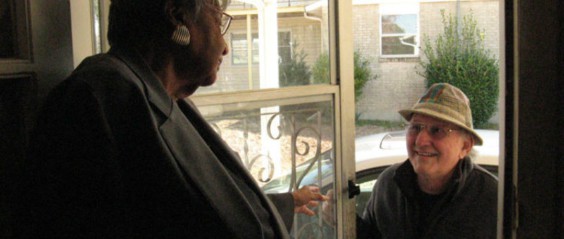For Your Consideration
A new study published this week in the journal Proceedings of the National Academy of Sciences should give proponents of police body cameras pause. The study found that the way observers judged police behavior differed depending on whether they were watching dashboard footage or body cam footage. In particular, observers were less likely to view police behavior as intentional when they were watching body camera — in other words, they were less likely to assign blame to police officers for negative actions when they were watching body cam footage versus dashboard footage.
This happens, the researchers explain, in part due to the visual salience of the police in the different situations. In dashboard footage, observers can clearly see the human form of the police whereas in body cam footage, the observer often does not see the human form of the police. The researchers experimented with real and mock videos to show that the more noticeable the policeman is in a video, the more observers are willing to assign intentionality to his actions.
The Next Evolution
The latest investment by the Gates Foundation in public education is here: training teachers on high quality curricula. On Monday, the Foundation announced it will invest $10 million over the coming years in “Professional Learning Partnerships to advance professional learning services supporting implementation of high-quality instructional materials.” Importantly for this state, the RFP states they are specifically looking to fund projects in North Carolina:
“This RFP is particularly interested in supporting service development and refinement in middle and high schools serving student populations that are at least 50 percent Black, Latino, emerging multilingual or English Learner (EL)-designated, and/or low-income, in California, Florida, Georgia, New York, and North Carolina.”
Dropping Knowledge
A new AEI report looks at the share of adults in the U.S. who have some form of nondegree attainment — either a professional license, apprenticeship, postsecondary certificate, work-based experience, or industry certification — and how that impacts their income levels. Some findings include:
- 32% of working-class adults (adults ages 25 to 64 with a high school degree but no bachelor’s degree and an annual income of $20,000-$40,000) have a license, certification, or certificate
- Upper-income adults are more likely to have credentials and certificates in STEM or the trades (construction, automotive, and transportation) whereas lower-income and working-class adults are more likely to have credentials in healthcare and personal care (cosmetology and child care)
Based on that last bullet point, the author suggests that nondegree credentials in the trades may be a more viable path to higher earnings than previously understood.


